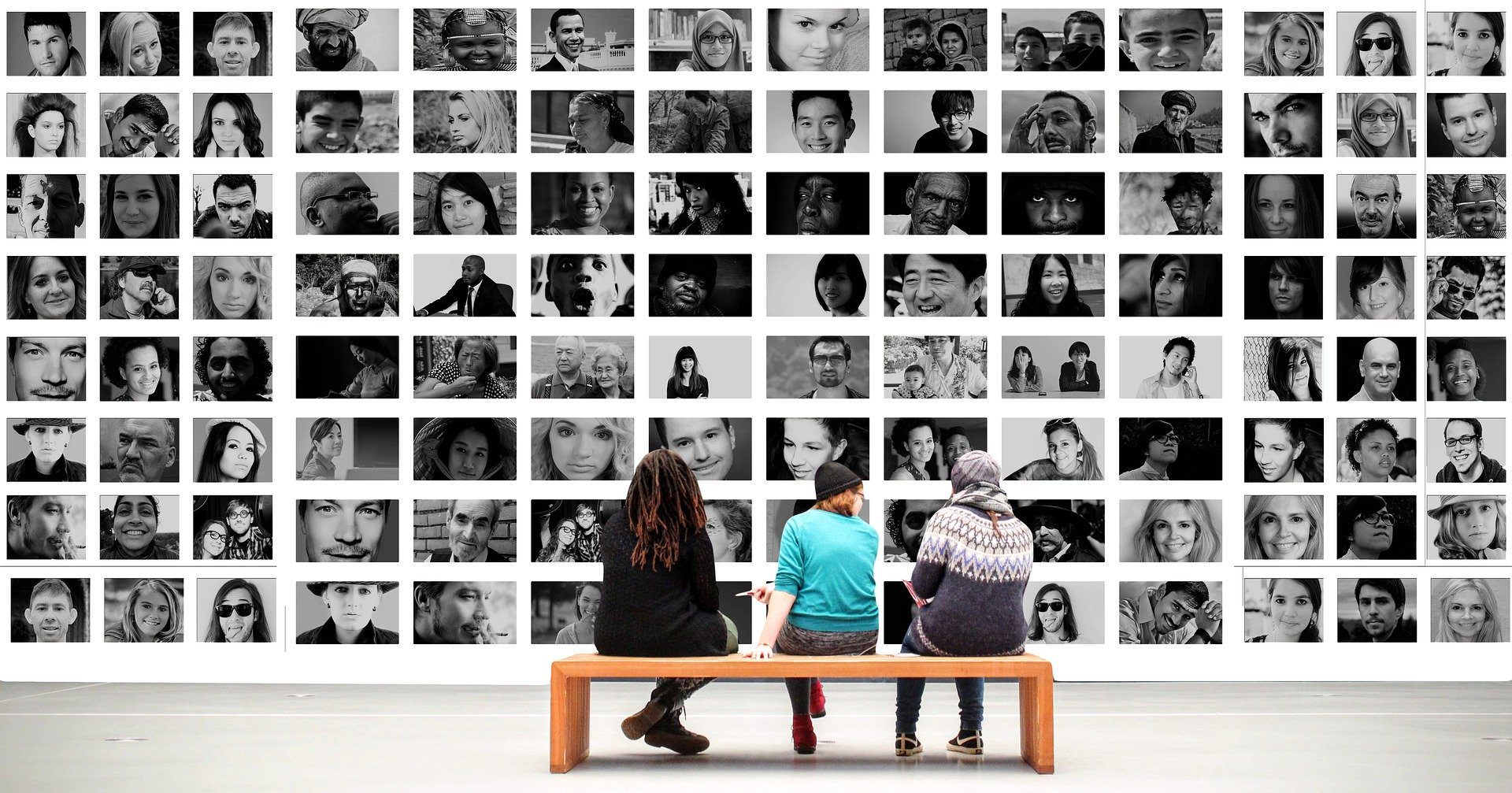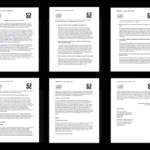What readers miss out on when newsrooms aren’t diverse
As an eager young journalist in a major Canadian newsroom, I hated to say no to anyone. But I had to.
“I’m sorry. I don’t speak Arabic,” I remember telling the editor who asked me whether I had their translation ready. “You must have me confused with someone else.” The other brown-skinned woman on the digital desk. The one who had worked there for years, while I was still a contractor.
What else could I have done? The editor was mortified. I was, too – all my efforts to blend seamlessly into the newsroom apparently hadn’t worked. I spoke with a big-city Canadian accent. I didn’t get my nose pierced because I was worried it would make me seem too brown. In other words, I was trying to look like almost everyone else I saw in the office. I wanted to be noticed for the quality of my work, not the colour of my skin. And for the most part, I was recognized for my accomplishments. But I never forgot that one editor’s comment, or the way it made me feel.
Last week, the group Canadian Journalists of Colour (CJOC), along with the Canadian Association of Black Journalists (CABJ), released a report outlining what newsrooms and journalism schools can do to bring racial diversity to the media industry. The lack of representation in newsrooms has become “impossible to ignore,” they write – particularly in the wake of “reductive” coverage of Prime Minister Justin Trudeau in blackface and brownface, among other media missteps – and they lay out seven suggestions to encourage diversity in the industry. Their calls to action target representation at all tiers of the newsroom, from hiring from diverse communities to promoting people of colour into decision-making roles.
I spoke with CJOC co-founder Anita Li. She says that there’s been acknowledgment from the industry that inclusion efforts have been lacking and progress is slow.
Continue reading this story on Broadview’s website, where it was originally published.




